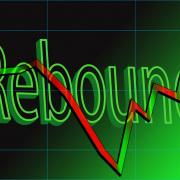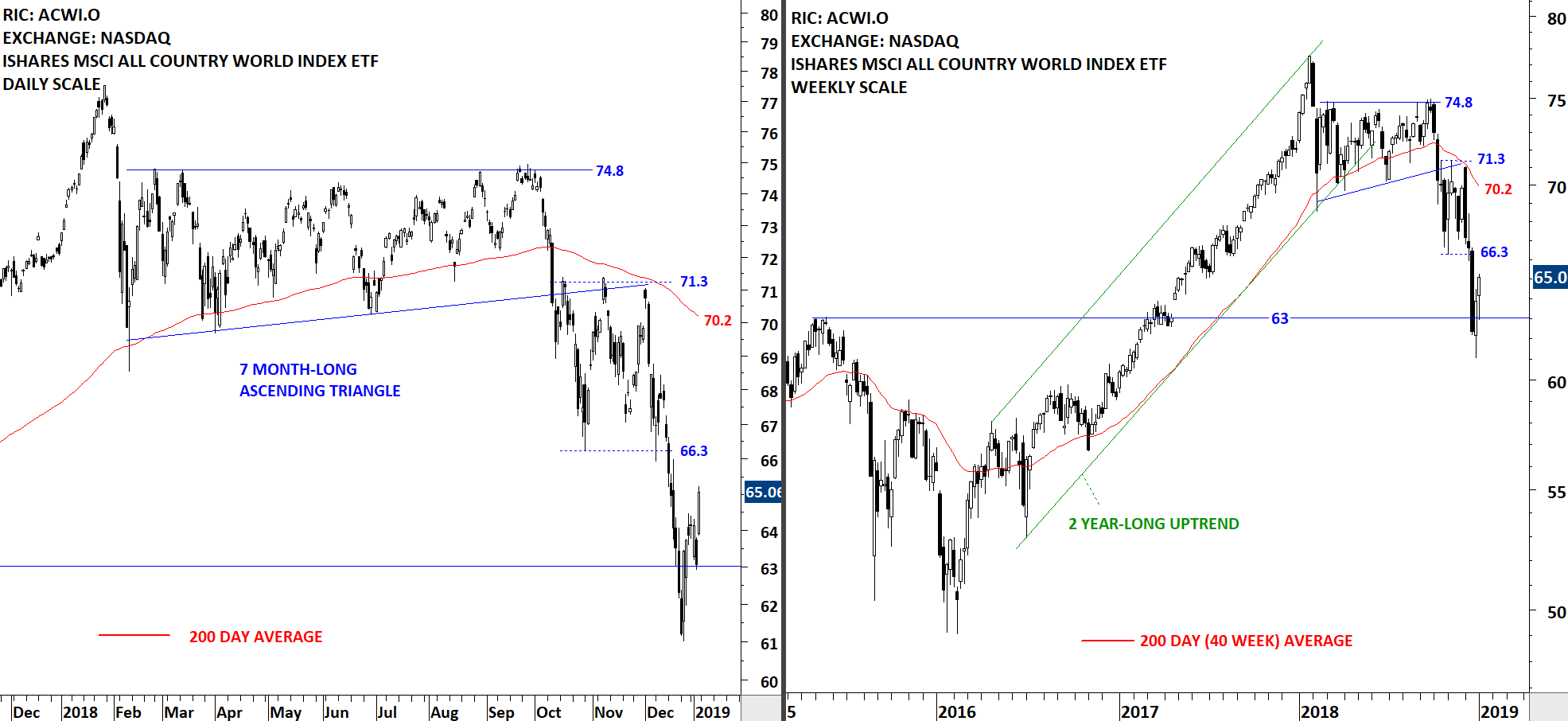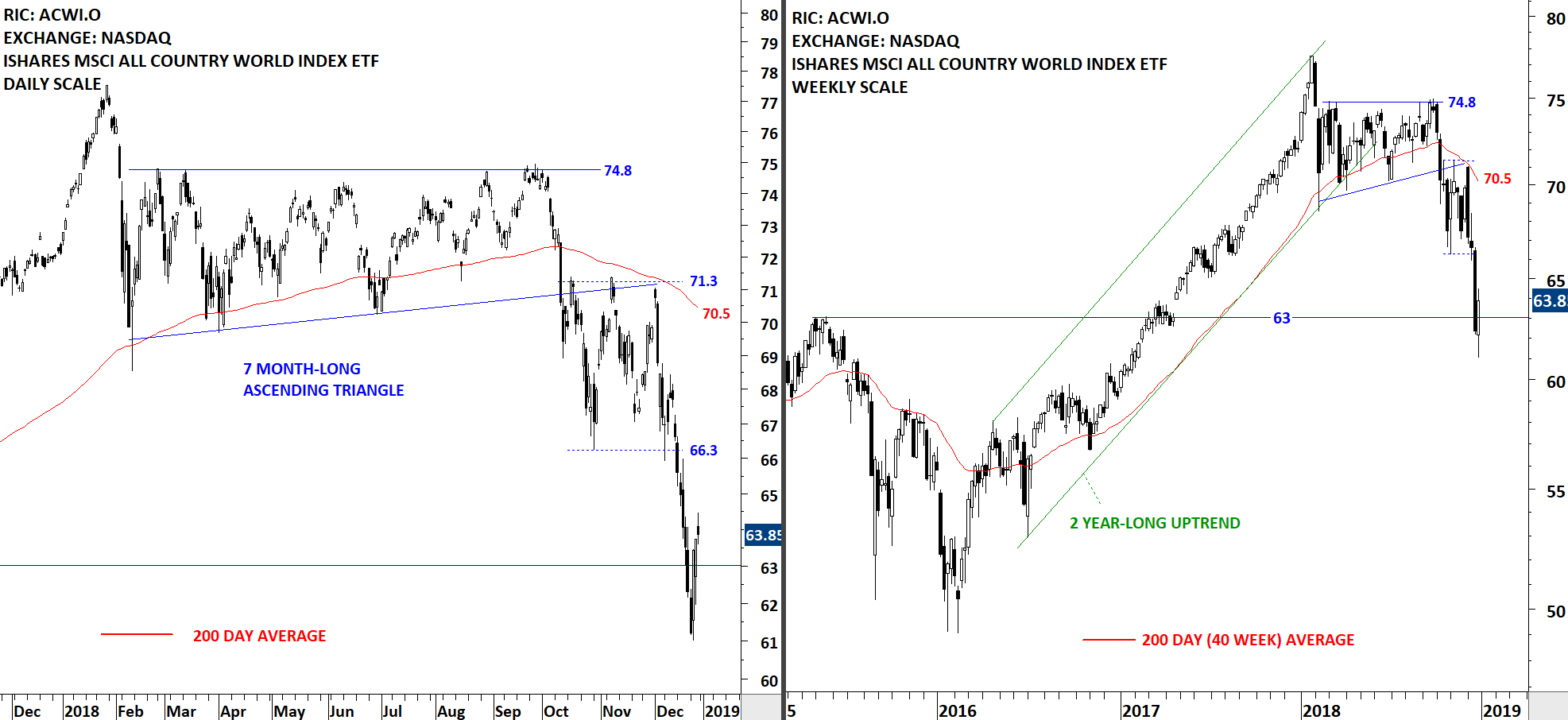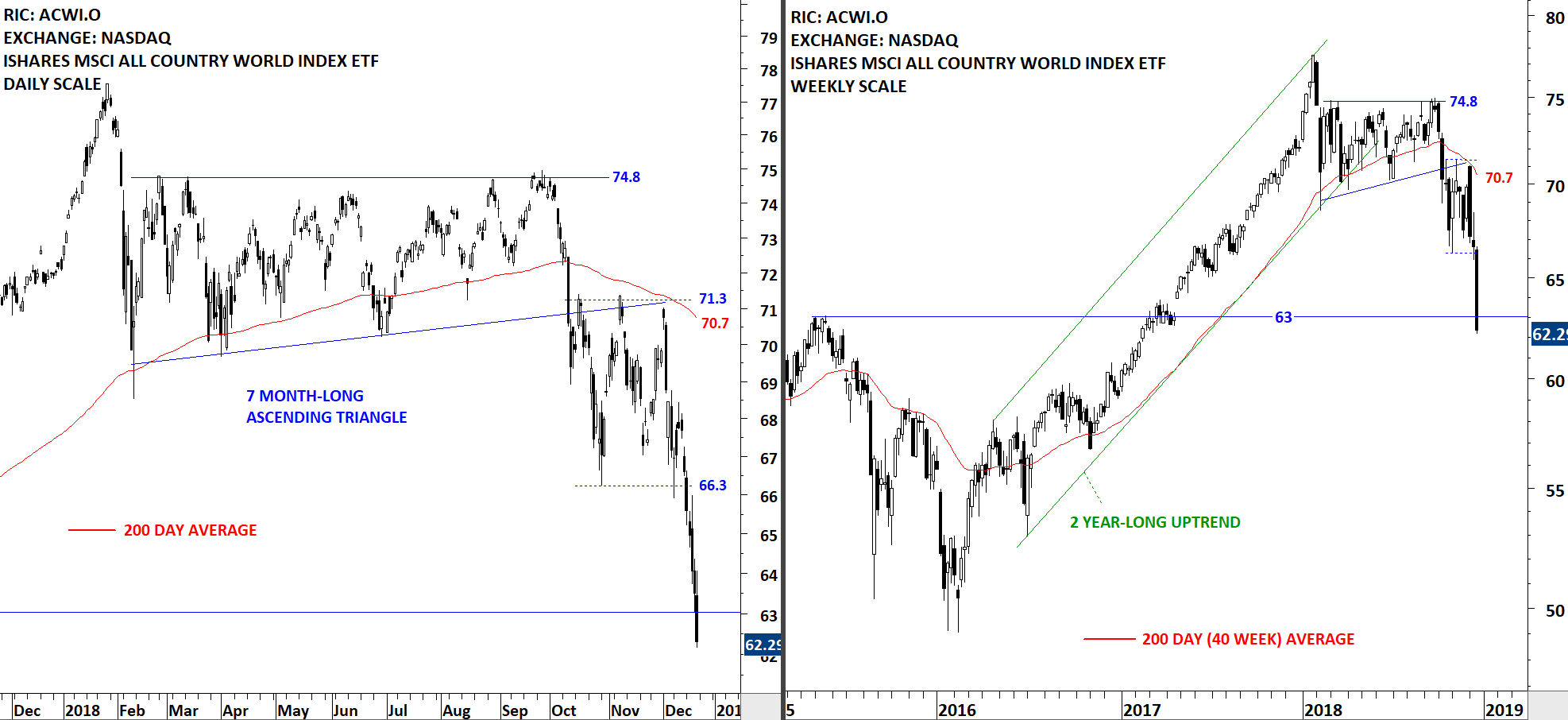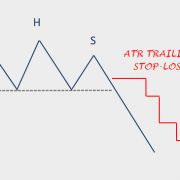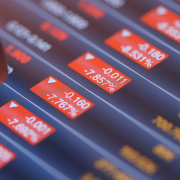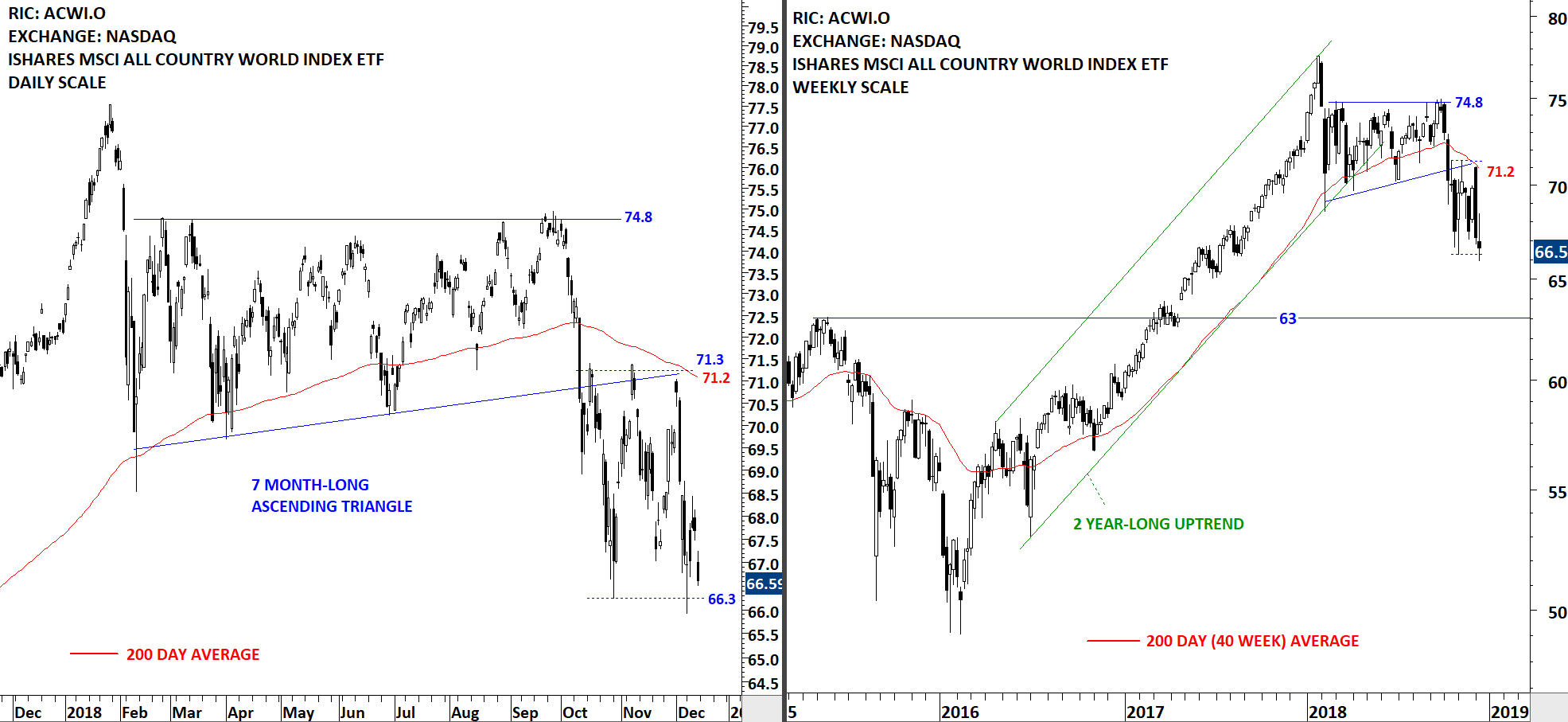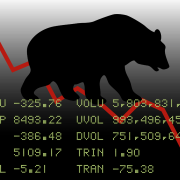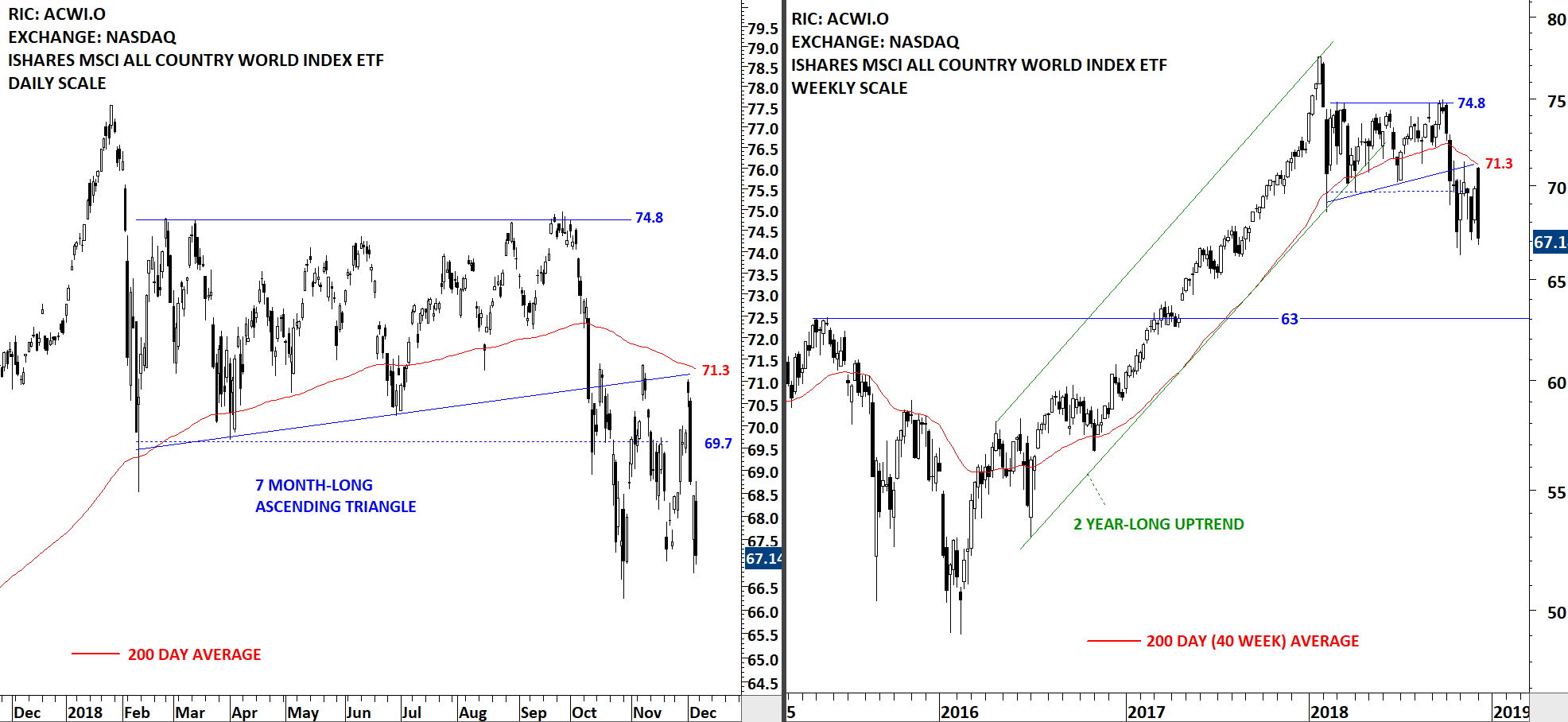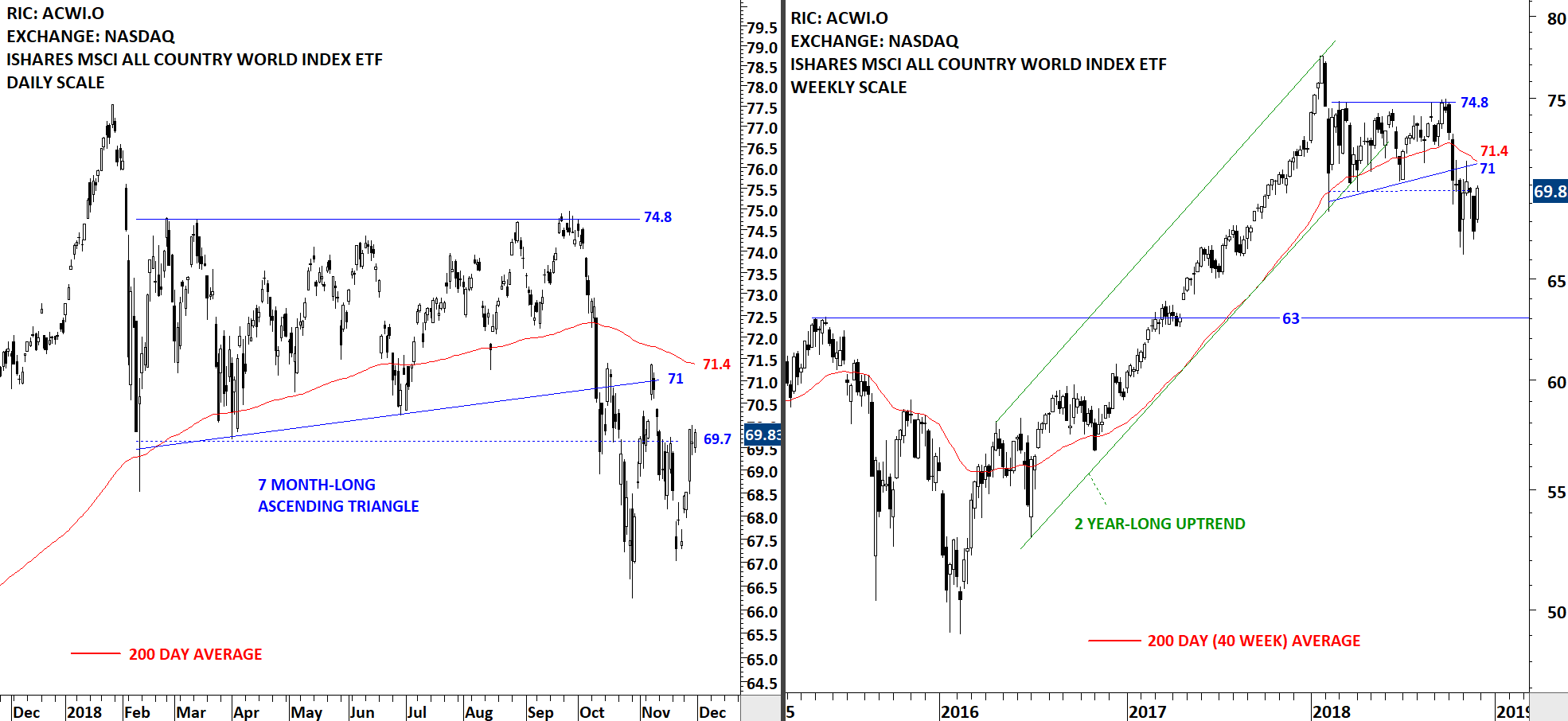Dear Tech Charts Members,
We are continuing our Member webinar series with some of the frequently featured reversal chart patterns; the head and shoulder top, descending triangle and rectangle. Global equities entered into bear market territory. Over the past couple of months the Global Equity Markets report has featured great chart setups that were identified as top reversals. Identifying reversal chart patterns can help us in protecting downside in our portfolios. Liquid instruments also offer great shorting opportunities.
Scheduled for: Thursday, January 10th at 8:30am MST (register below)
The upcoming webinar is dedicated to a thorough discussion on head and shoulder top, descending triangle and rectangle as top reversal chart patterns.
- We will review some of those chart pattern breakdowns that were featured in the Global Equity Markets report.
- We will review some of the qualities we look for when identifying reversal chart patterns
- We will look at some of the developing top formations.
- We will continue to highlight Tech Charts members favorite chart pattern setups in different equity markets. As always please feel free to send charts for discussion.
- We will have a member Q&A at the end of the webinar.
Read More


